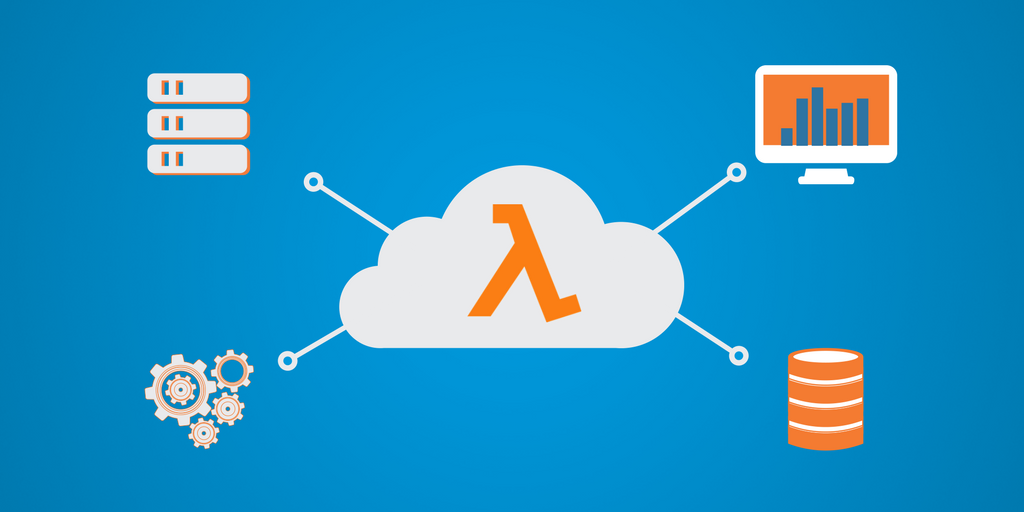Serverless in AWS

What does “serverless” refer to in AWS?
In AWS, “serverless” refers to the execution of code without requiring the user to provision, manage, or scale any servers. AWS provides a serverless computing service called AWS Lambda, which allows developers to run code in response to events or triggers, without the need to manage servers or infrastructure.
With AWS Lambda, you can write code in many programming languages such as Node.js, Python, Java, C#, and more. AWS Lambda runs your code in response to events such as an HTTP request, a change in a database, or a file upload to Amazon S3.
Lambda is also charged based on the number of executions and the time it takes to execute your code. This pay-per-execution model means you only pay for the actual usage of your code, rather than for running servers 24/7.
Overall, AWS Lambda and other serverless services make it easy to build and run applications without the overhead of managing servers, allowing developers to focus on building their application and not on infrastructure management.
What are the benefits of Serverless in AWS?
Serverless computing is a cloud computing execution model where the cloud provider dynamically manages the allocation of machine resources. AWS offers a serverless computing platform known as AWS Lambda. Here are some benefits of using serverless in AWS:
- Cost-effective: With serverless computing, you only pay for the exact amount of computing resources used. AWS Lambda pricing is based on the number of requests, the duration of the requests, and the memory size of the function.
- Scalability: AWS Lambda automatically scales your application based on the number of requests received, without requiring you to manage any servers. This allows your application to handle a sudden increase in traffic without any downtime.
- High availability: AWS Lambda automatically replicates your functions across multiple availability zones, ensuring high availability and fault tolerance.
- Reduced operational overhead: With serverless computing, AWS takes care of the underlying infrastructure, including scaling, monitoring, and maintenance. This reduces the operational overhead and allows you to focus on writing code.
- Faster time-to-market: With serverless computing, you can quickly develop and deploy applications without worrying about the underlying infrastructure. This allows you to bring your applications to market faster.
- Support for multiple programming languages: AWS Lambda supports a variety of programming languages, including Node.js, Python, Java, C#, and Go. This allows developers to use their preferred programming language to build serverless applications.
Overall, serverless computing in AWS provides a cost-effective, scalable, and low-maintenance approach to building and deploying applications.

What are the challenges of serverless?
Serverless computing in AWS offers a lot of benefits, such as reduced operational overhead, lower costs, and increased scalability. However, there are also several challenges that you may encounter when using this technology. Here are some of the most common challenges of serverless in AWS:
- Cold start: Serverless functions in AWS can experience a cold start delay when they are first invoked, which can result in higher latency for the first request. This happens because the serverless infrastructure needs to provision a new instance of the function to handle the request.
- Resource limitations: Serverless functions in AWS have limited access to resources such as CPU, memory, and disk space. This can make it challenging to run complex applications that require a lot of resources.
- Monitoring and debugging: Since serverless functions in AWS are ephemeral, it can be challenging to monitor and debug issues that arise during execution. It can also be difficult to diagnose performance problems, especially when dealing with distributed systems.
- Vendor lock-in: Using serverless functions in AWS requires the use of AWS-specific tools and APIs, which can make it difficult to switch to another provider. This can result in vendor lock-in and limit your ability to take advantage of new technologies and services.
- Security: Serverless functions in AWS can introduce new security risks, such as unauthorized access, data breaches, and DDoS attacks. It is important to follow best practices and use AWS security tools to protect your applications and data.